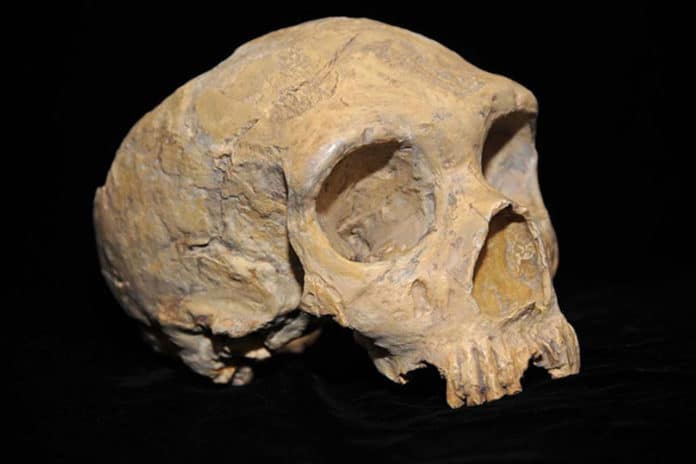Neanderthals and modern humans occupied the Levant for tens of thousands of years before the spread of modern humans into the rest of Eurasia and their replacement of the Neanderthals.
Neanderthal extinction began around 40,000 years ago, leaving us as the only human species surviving.
But what caused the Neanderthal extinction remains a mystery. To figure out the answer to the question, scientists from Stanford University, in collaboration with UC Berkeley and the Hebrew University of Jerusalem, conducted a study where they claimed that infectious-disease dynamics conveyed by modern humans might have been what eventually prompted their demise.
Gili Greenbaum, a postdoctoral researcher at Stanford and the first author of the study, said, “Our research suggests that diseases may have played a more important role in the extinction of the Neanderthals than previously thought. They may even be the main reason why modern humans are now the only human group left on the planet.”
Since Neanderthals and humans lived in geographically separate regions, specialists concluded that every species would harbor its unique set of pathogens. They additionally hypothesized that every species would have probably developed some immunity to diseases endemic to its very own populaces; however, it may be incredibly vulnerable to ailments conveyed by the other.
Scientists also make use of mathematical modeling of disease transmission and gene flow to show that when two species with unique disease burdens and immunities start to co-mingle, there is often a period of “stasis” where they both survive, trailed by a collapse of one species — like what befell modern human and Neanderthals.
Wayne Getz, Emeritus A. Starker Leopold Professor or Wildlife Ecology at Berkeley and co-author of the study, said, “There was this period where the two species coexisted, and then, relatively quickly, modern humans triumphed over the Neanderthals.”
“The model also showed that modern humans might have won out because they came from a tropical region that would support a more diverse array of pathogens than the northern home of the Neanderthals. As a result, when the two species met, modern humans likely bore with them a broader spectrum of diseases than the Neanderthals were equipped to deal with — as well as a hardier immune system.”
“We wanted to know whether Neanderthal extinction could be explained by their having a less virulent, less diverse disease load that they brought with them when they met modern humans, compared to the disease load and the virulence of the pathogens that modern humans were bringing with them.”
The findings are reported in the journal Nature Communications.
